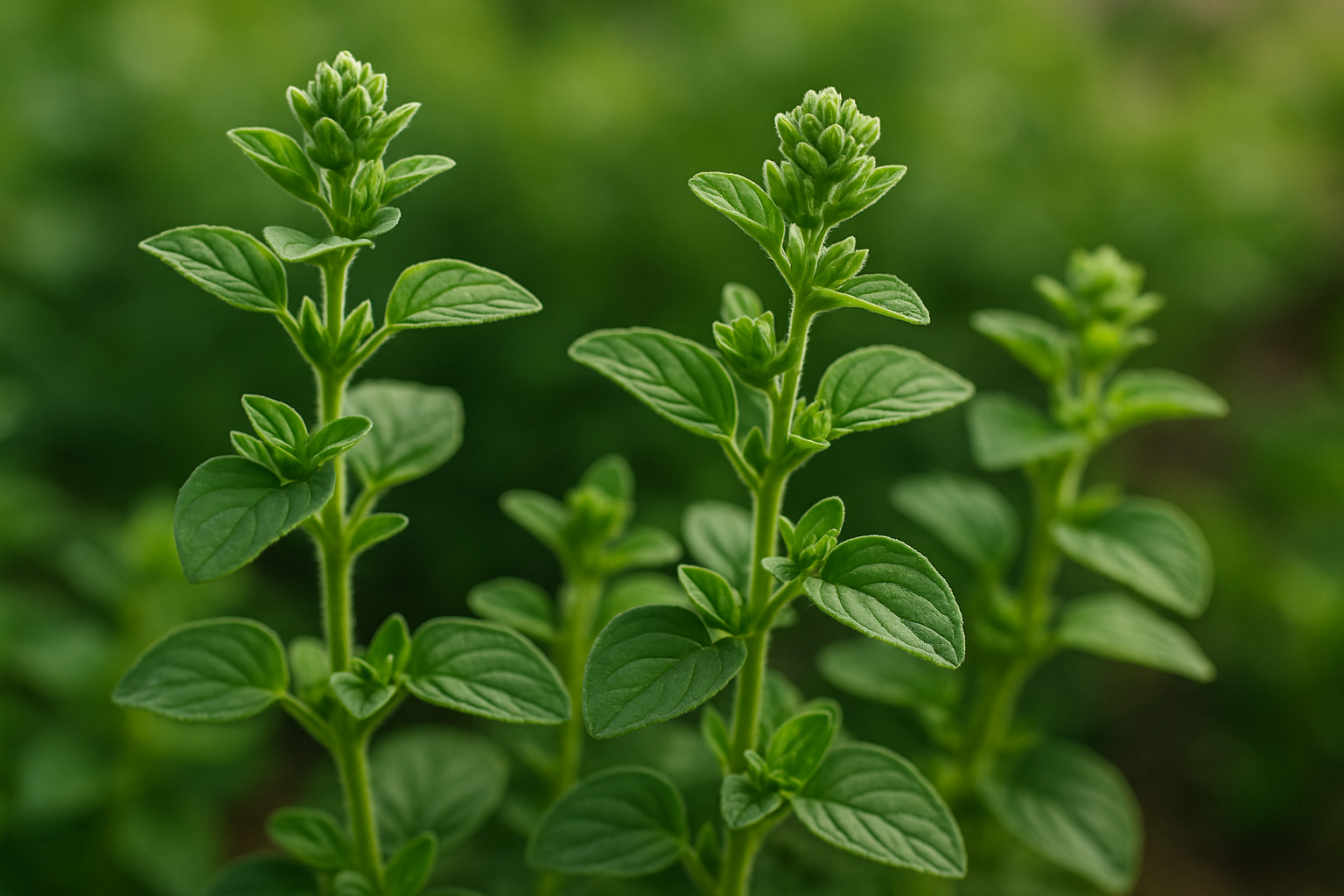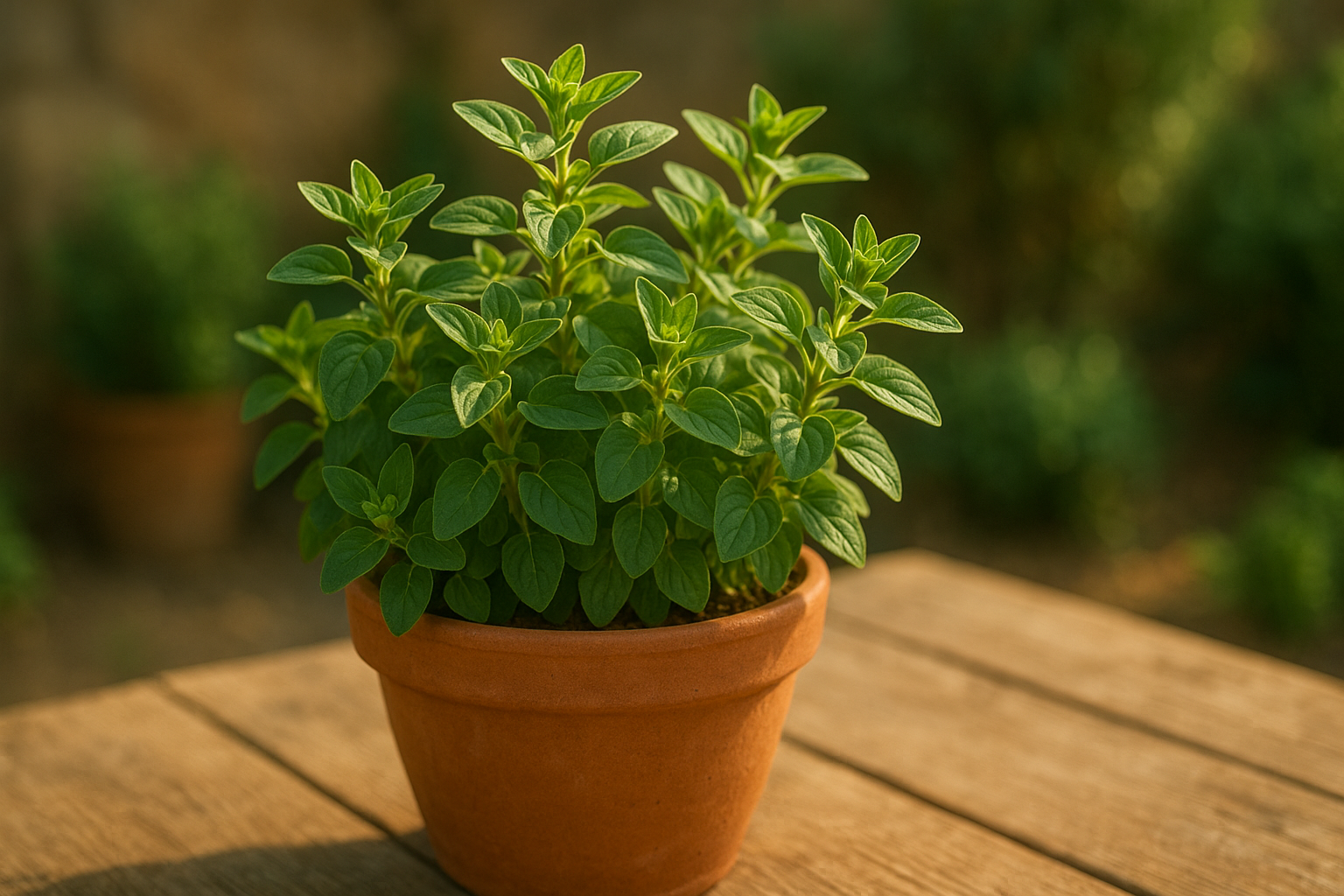Understanding Your Oregano Plant
Oregano, a fragrant herb native to the Mediterranean, is a popular staple in kitchens worldwide thanks to its bold, earthy flavor that elevates pizzas, pastas, and roasted vegetables. It grows as a hardy perennial, often forming a bushy, low-maintenance plant that thrives in sunny spots and well-drained soil.
Whether you grow oregano in a garden bed or a small pot on your windowsill, understanding how it grows helps you get the most out of your plant. Oregano produces tiny, delicate leaves packed with aromatic oils—these are what you’ll harvest for cooking. But harvesting takes a gentle touch: regularly snipping sprigs encourages the plant to branch out and keeps it productive, while over-harvesting or cutting too close to the base can stunt growth and reduce yields over time.
The way you use oregano in the kitchen depends on whether it’s fresh or dried. Fresh oregano lends a brighter, milder flavor and is best added near the end of cooking to maintain its fragrance. Dried oregano, on the other hand, has a more concentrated, robust taste perfect for simmered sauces or slow-cooked dishes—just remember, a little goes a long way!
By learning when and how to use each form, you can unlock the fullest flavor and health benefits from your oregano harvest.
When and How Often to Harvest Oregano

To enjoy the freshest, most flavorful oregano, timing your harvest is key. The best time to harvest oregano is when the plant is about 4 to 6 inches tall and has developed several strong stems—usually just before it begins to flower. This stage is when the leaves contain the highest concentration of essential oils, giving you the optimum flavor.
Harvest in the morning, after the dew has dried but before the midday sun gets too hot. This window helps preserve the essential oils and herb potency. Visually, your oregano is ready to pick when you see at least four to five leafy stems branching out from the base, each looking lush and healthy. Another sign is the presence of small buds forming, but before they open; too many open flowers mean weaker flavor.
During the peak growing season, it’s safe to cut your oregano every four to six weeks, taking about a third of the plant at a time. This encourages regrowth while maintaining the plant’s vigor. If you’re growing oregano indoors or in a pot, snip off the tops regularly to prevent legginess and keep the plant bushy.
Always use clean, sharp scissors and avoid cutting into the woody base, which can stunt future growth. With these simple cues and timing, you can ensure a continuous, aromatic harvest throughout the season without exhausting your oregano plants.
Tools and Preparation for Harvesting
For a successful harvest, having the right tools on hand is crucial—sharp scissors, sturdy garden shears, and a good pair of gloves are your essentials. Scissors and shears make clean cuts, reducing plant stress and speeding up regrowth, while gloves protect your hands from thorns, sap, or contaminants.
Before starting, thoroughly clean all tools with warm, soapy water and, if possible, a diluted bleach solution (about one part bleach to nine parts water) to kill any lingering plant diseases. Dry them completely to prevent rusting.
Setting up an efficient workspace is equally important: choose a flat, shaded area to stay comfortable, lay down a clean tarp to catch debris, and set out bins or baskets for sorting produce. Keep a small stool or kneeling pad handy if you’ll be working at ground level, and make sure you have water and snacks nearby to stay refreshed.
Labeling bins by harvest date or crop can help you stay organized, while keeping a trash bag and cleaning wipes nearby makes tidying up afterward much easier. A little preparation goes a long way, turning harvest day into a productive and enjoyable task.
Step-by-Step Guide to Harvesting Oregano Without Harming the Plant
Harvesting oregano without harming the plant is all about using the right technique and timing to encourage fuller, bushier growth. Start by using clean, sharp scissors or garden shears to snip the stems just above a pair of fresh, healthy leaves—this spot is called a leaf node. Cutting above a leaf node triggers the plant to send out new shoots from that point, making your oregano bushier over time.
Aim to harvest stems that are at least four to six inches long, but leave at least one-third of the plant intact so it has enough foliage to continue photosynthesizing and growing vigorously. A good rule of thumb is to never take more than a third of the plant at once during intensive harvests.
For ongoing light harvesting, you can pinch off a few stems or leaves as needed, but always be sure plenty remain. Overharvesting can weaken oregano and slow its recovery, so patience is key for sustainability.
If you accidentally cut too much, don’t panic. Focus on providing extra care:
- Keep the soil consistently moist but not soggy.
- Ensure the plant gets plenty of bright, indirect sunlight.
- Avoid fertilizing heavily while it’s stressed.
New growth should start appearing within a couple of weeks if the roots and lower stems are still healthy. Pinch off any flowers that appear, since flowering can drain energy from leaf production. These steps will help your oregano bounce back, ensuring a thriving, productive plant year after year.
Post-Harvest Care for Continued Growth
After harvesting, your plants still need attention to ensure strong regrowth and future harvests. Watering remains crucial, as the roots are still active and need moisture to recover from the stress of harvesting. Aim for consistent, even watering rather than sporadic soaking to prevent root rot or dehydration.
Fertilizing post-harvest helps replenish nutrients lost during fruit or flower production. Choose a balanced fertilizer, or one slightly higher in potassium and phosphorus, to encourage root development and resilience.
Inspect your plants closely for signs of damage, pests, or disease. Look for yellowing leaves, holes, sticky residue, or moldy spots. Promptly remove damaged tissue and treat infestations with organic solutions like neem oil or insecticidal soap to prevent problems from spreading.
Pruning is another essential step: trim away dead, diseased, or overly crowded branches, making clean cuts just above healthy growth nodes. This not only improves air circulation—discouraging mold and pests—but also redirects the plant’s energy to healthy shoots, promoting robust, vigorous growth in the next cycle.
By integrating these care steps, you’ll set your garden up for ongoing success and healthier plants year after year.
Storing and Using Your Harvested Oregano
Once you’ve gathered your fresh oregano, proper storage is key to getting the most out of its flavor. For short-term use, trim the stems and place them in a jar of water like a bouquet, loosely covering with a plastic bag. This keeps the leaves fresh in the fridge for up to a week. You can also wrap oregano sprigs in a damp paper towel and seal them in an airtight bag.
When ready to use, simply strip the leaves from the stems and:
- Sprinkle them over homemade pizzas
- Toss them into fresh salads
- Mix into softened butter for a quick herb spread
To enjoy oregano all year, drying is simple: tie a few stems together and hang them upside down in a cool, dry space for about a week, or use an oven set to its lowest temperature with the door slightly open. Once brittle, crumble the leaves and store them in an airtight container away from light.
For a flavor boost, infuse olive oil with fresh oregano or freeze chopped leaves in olive oil inside ice cube trays—perfect for quick additions to soups and stews.
Oregano’s bold flavor shines in marinades, roasted vegetables, or even whisked into salad dressings, so keep it close at hand and experiment in your daily cooking.
